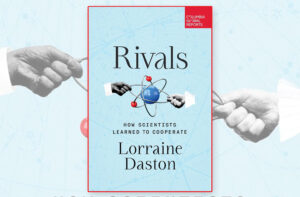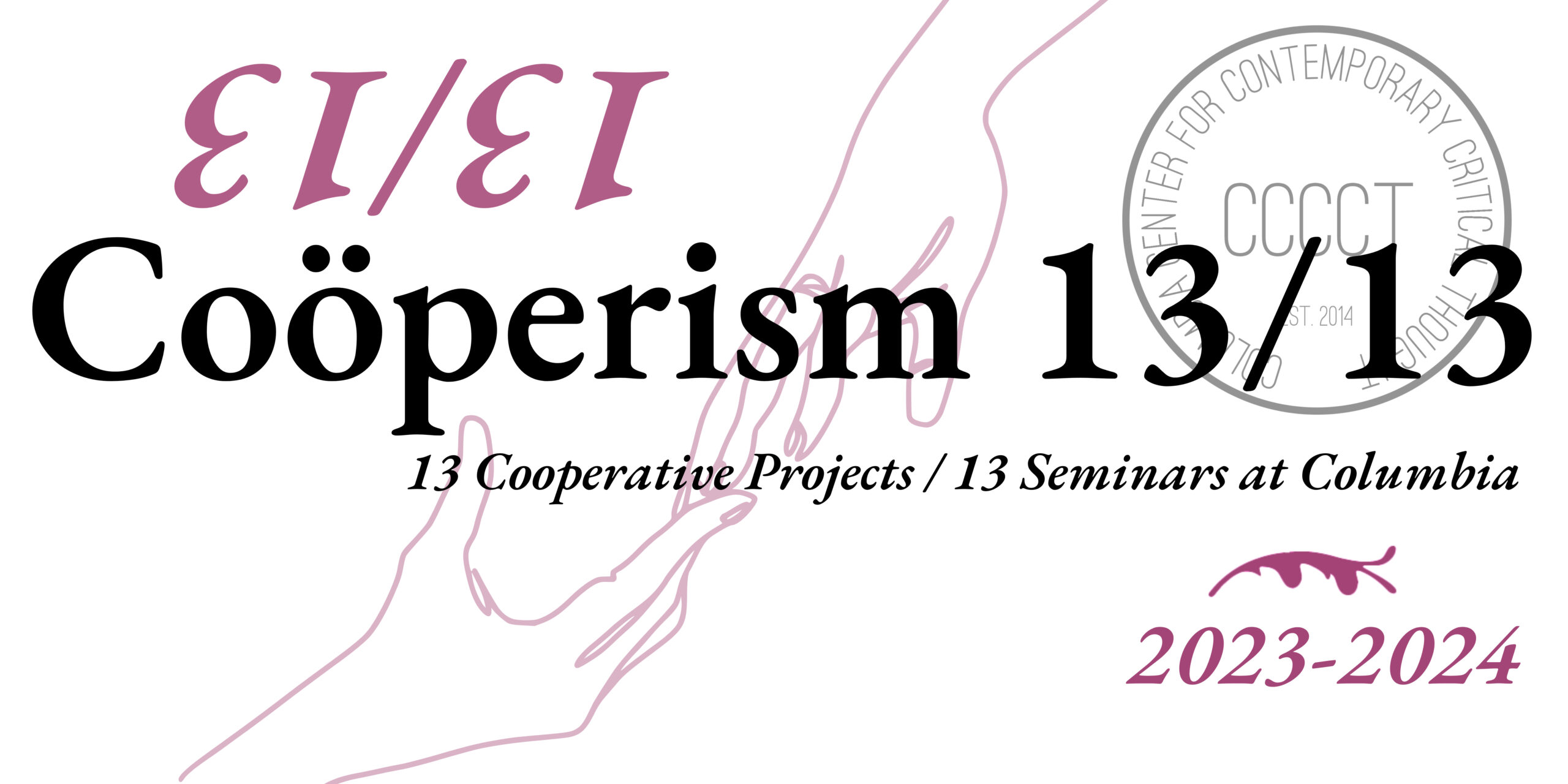Lorraine Daston, William Deringer, Nicholas Lemann, and Alma Steingart
read and discuss
Rivals: How Scientists Learned to Cooperate
Wednesday, January 24, 2024
Columbia University
Lorraine Daston’s book, Rivals: How Scientists Learned to Cooperate (Columbia, 2023) traces the evolution of scientific cooperation from the eighteenth century to present times. Daston focuses on three periods which, she argues, capture different styles of scientific cooperation during the eighteenth, nineteenth, and twentieth centuries. Over the past three centuries, Daston identifies progress, culminating in the twentieth-century concept of “a scientific community.”
The ambition of scientific cooperation, Daston writes, has been to attempt “to subdue personal rivalries, overcome (or harness) national hostilities, recruit government funding but repel government meddling, balance competing research traditions, and standardize everything from names of plants to names of stars—all in the hopes of welding individual researchers into a collective that could begin to match nature’s own scale.” Daston maintains that these scientific collaborations have always had a double-edged relationship to government, patrons, and politics. Government and patrons have been the ones who have supported and funded science, but are often the ones who want to interfere or instrumentalize science. The scientists often seek autonomy, but are bound to their funders.
One question for our reflection is whether and how we can model cooperation on the forms of collaboration that scientists have created over time. Do any of the different models that Daston identifies, whether the international delegations or Republic of Letters, or more modern forms of international standardization, represent paradigms that could guide us in our quest for cooperation and Coöperism today?
Another interesting aspect for us is the question of the autonomy of science and scientific cooperation from government funding and politics. When Daston writes that science has never been an island, even if scientists have always imagined themselves as autonomous, this raises the question of the definition of science and its relation to scientific discourse, to knowledge, and to scientific ideology. In his famous essay, “What Is Scientific Ideology?”, George Canguilhem suggests that scientific discoveries often emerge from proto-science or proto-scientific discourse that is not itself scientific. They arise, often, from what he calls “scientific ideologies.” Michel Foucault blew open the dichotomy between science and scientific ideology in his book, The Archaeology of Knowledge, where he tried to distinguish between sciences, domains of claimed knowledge (what he called “savoir”), and discourses within which these are embedded. This approach allows for a more subtle relationship between “science,” scientific discoveries, and the political-discursive milieus within which they arise. Daston clings, I believe, to a somewhat narrow and hard definition of science, which then allows for a dichotomous relation to power, politics, and governments. But if we approach matters from a more fluid theoretical perspective of knowledge-power, then it becomes less surprising that there is a constant tension between scientists and governments. The task becomes, instead, to study the inextricable relations between knowledge and politics in order to explore how cooperation can nevertheless arise. So, to not be naïve about the inevitable political context of science, but to strategize it for Coöperism. The idea of a scientific community reaching consensus is itself a political notion—consensus is a political term—that inevitably plays a role in political discourse. It may be something to interrogate and embrace.
Welcome to Coöperism 9/13!

Organized by Columbia Global Reports and the Society of Fellows and Heyman Center for the Humanities.
Co-sponsored by Columbia Journalism School, the Center for Science and Society, and the 13/13 Seminars: Coöperism.
